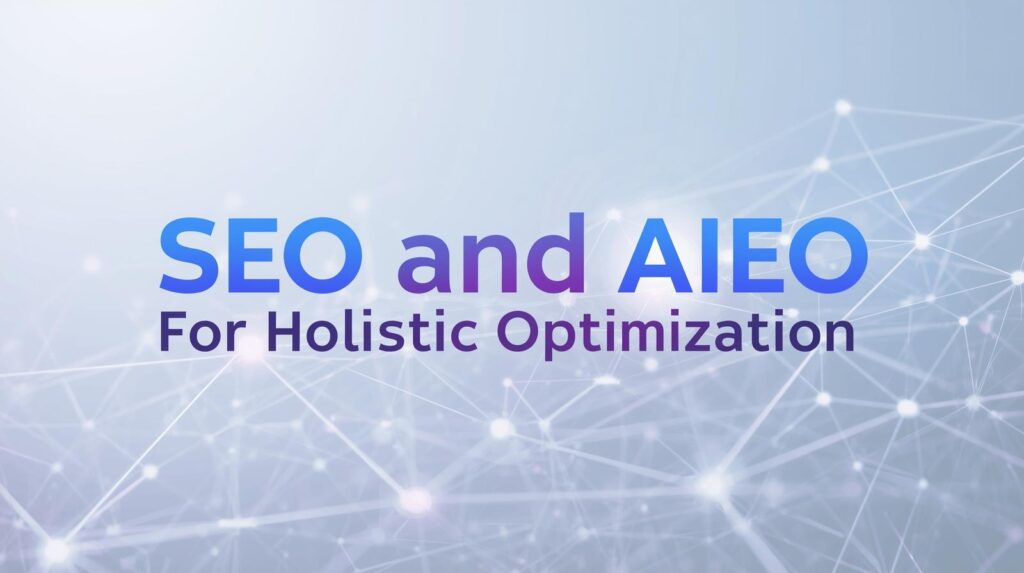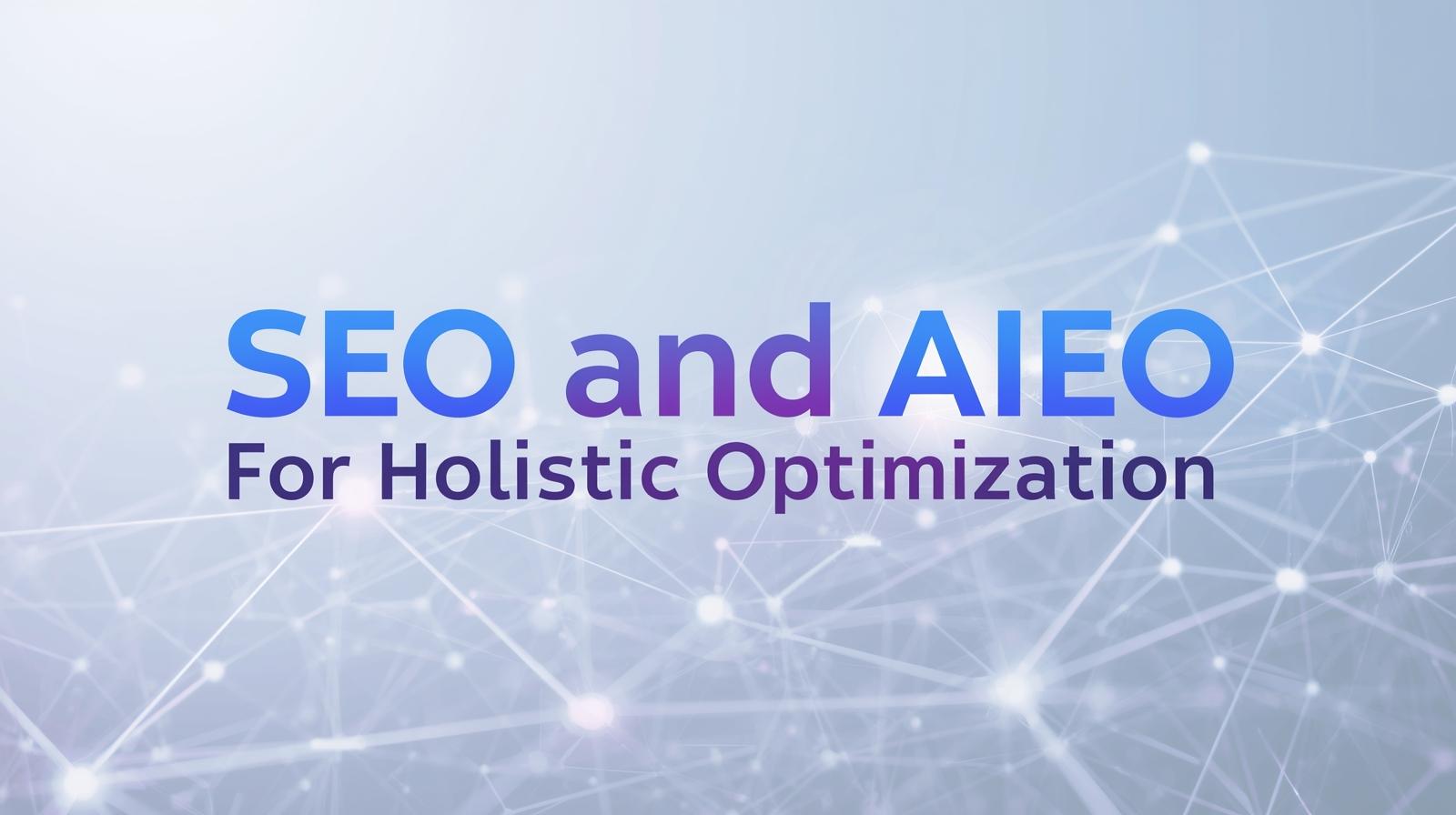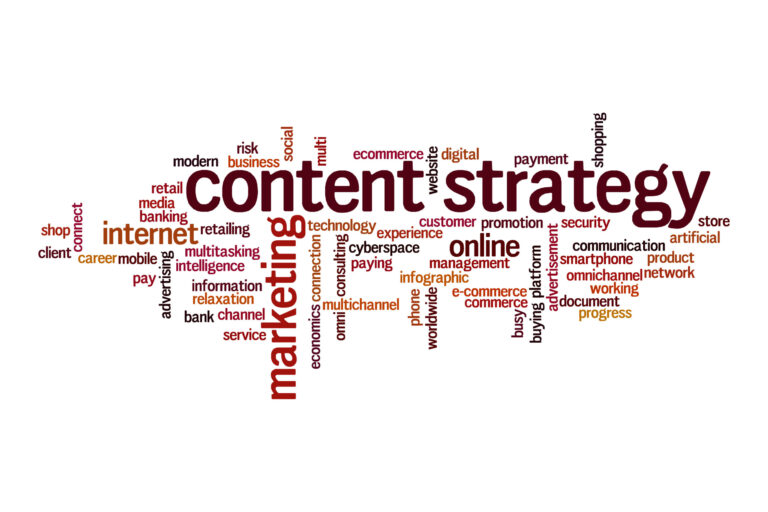Your Content Is Being Ignored by AI? Here’s How to Fix It with SEO and AIEO
Are you pouring hours into creating high-quality content, only to see it buried on page five of the search results?

You’ve followed all the traditional SEO advice, targeted your keywords, and built some links, but your traffic is flat, and your voice feels lost in the digital noise. If this sounds familiar, it’s because the rules of the game have changed.
It’s no longer enough to rank. In an era of AI Overviews, ChatGPT, and voice assistants, you need your content to be the source of the answer. This is where a new, powerful strategy comes into play: AIEO.
AIEO stands for Artificial Intelligence Engine Optimization, a strategic approach to digital marketing that uses AI to improve the effectiveness of SEO, focusing on providing direct, authoritative answers to user queries in search and voice assistants, rather than just driving clicks to a website.
Traditional SEO focuses on ranking content and driving traffic, while AIEO focuses on making content the direct answer, ensuring businesses position themselves as the authority on their subject.
AIEO uses AI to improve your website’s ranking by helping you find the right search terms, create better content, enhance user experience, and analyze your competitors.
Welcome to the no-fluff guide to mastering both. Whether you’re a freelance writer, a small business owner, an SEO manager, or a content strategist, this article will give you a practical, actionable blueprint to create content that not only ranks in traditional search but also gets cited and amplified by the AI engines shaping our future. Let’s stop writing for yesterday’s internet and start optimizing for tomorrow’s answers.
The Basics of SEO: How to Do It Well
Before we can optimize for AI, we have to master the fundamentals. AI models like Google’s use large amounts of web data for training, and they prefer content that already performs well in traditional search. Think of strong SEO as the launchpad for your AIEO strategy. Getting this right is non-negotiable.
Content Quality: The Heart of Your Strategy
At the end of the day, both search engines want to provide users with the best possible information. Fluffy, thin content doesn’t cut it anymore.
- Create High-Quality, In-Depth Content: Your goal is to create the most helpful resource on the internet for your chosen topic. This means going beyond a surface-level overview. Include unique insights, data, examples, and practical advice. This aligns perfectly with Google’s emphasis on Experience, Expertise, Authoritativeness, and Trustworthiness (E-E-A-T). Ask yourself: Does this content truly solve the reader’s problem? Is it better than what’s currently ranking?
- Target the Right Keywords (with User Intent in Mind): Keyword research is more than just finding popular terms; it’s about understanding the why behind the search. Is the user looking for information (“what is AIEO”), trying to find a specific site (“Moz blog”), or ready to buy (“best SEO tools”)? By targeting long-tail keywords and conversational phrases, you align your content with the user’s specific intent, making it far more valuable. Tools like Ahrefs and Semrush are excellent for uncovering these opportunities.
- Optimize Titles and Meta Descriptions: Your title tag and meta description are your digital billboard. They are the first impression a user has of your content in the search results. Make them compelling, concise, and clear. Include your primary keyword, but frame it as a benefit-driven headline that sparks curiosity and encourages clicks.
- Write for People, Not Bots: This is the great paradox of SEO. The best way to please the algorithm is to forget it’s there and write for your human audience. Use a natural, conversational tone. Tell stories. Break down complex topics into simple terms. Overstuffing your article with keywords is an outdated practice that will not only hurt your rankings, as outlined in Google’s own guidelines, but will also make your content unreadable and drive your audience away.
Technical SEO: The Engine Under the Hood
You could write the world’s greatest article, but if search engines can’t efficiently find, crawl, and understand it, it will never see the light of day. Technical SEO ensures your content is built on a rock-solid foundation.
- Improve Page Speed: We live in an impatient world. If your site takes more than a few seconds to load, users will leave. Google knows this, which is why page speed is a critical ranking factor. Use tools like Google PageSpeed Insights to diagnose and fix issues. Compressing images, leveraging browser caching, and minimizing code are often the quickest wins.
- Optimize for Mobile-First Indexing: The majority of web traffic now comes from mobile devices. Because of this, Google primarily uses the mobile version of a website for indexing and ranking. This isn’t a suggestion; it’s the standard. Your website must be fully responsive and provide a seamless experience on a smartphone. You can check your site’s mobile-friendliness with Google’s Mobile-Friendly Test.
- Strengthen Your Internal Linking: A strong internal linking structure is like a web connecting all your content. It helps search engine crawlers discover your older posts and understand the relationship between different topics on your site. More importantly, it keeps users engaged by guiding them to other relevant articles, increasing their time on your site. When you publish a new post, always look for opportunities to link to older, relevant content.
- Earn Quality Backlinks: Backlinks—links from other websites to yours—remain one of the most powerful signals of authority. However, quality trumps quantity. A single backlink from a highly respected, relevant site in your industry is worth more than a hundred links from low-quality directories. Building these links requires outreach and creating content so valuable that others want to reference it. For a deep dive into building a healthy backlink profile, this guide from Moz is an excellent resource.
The Future is Now: AIEO-Specific Strategies for AI Visibility
With a strong SEO foundation, you’re ready to optimize for the next frontier. AIEO is about making your content not just discoverable, but also digestible and citable for AI systems. You want to structure your information so clearly that an AI can instantly recognize it as a factual, authoritative answer.
Structure and Clarity: Making Your Content “AI-Digestible”
AI models don’t “read” your article in the same way a human does. They parse it for data, structure, and semantic meaning. Your job is to make this process as easy as possible.
- Use Schema Markup: Schema markup is a type of microdata that acts like a secret language for search engines and AI. It explicitly tells them what your content is about. Implementing structured data like FAQPage schema for question-and-answer sections, How To schema for tutorials, or Article schema for blog posts can dramatically improve how AI systems understand and categorize your information. This can lead to rich results in search and make your content a prime candidate for AI-generated summaries. You can learn about all the different types at Schema.org.
- Create a Q&A Format: The easiest way to get your content featured as an answer is to format it as a direct question and a concise answer. Dedicate a section of your article (like an FAQ at the end) to answering common questions related to your topic. Use the exact question as a subheading (e.g., “What is AIEO?”) followed by a clear, factual, and brief answer. AI can easily lift these pairs to satisfy user queries.
- Use Logical Headings (H1, H2, H3): Your headings create the skeleton of your article. A logical hierarchy (one H1 for the title, followed by H2s for main sections, and H3s for subsections) allows AI to understand the structure and importance of your information. Supplement this with short paragraphs, bulleted lists, and numbered lists. These elements break up the text for human readers and create scannable, data-rich snippets perfect for AI extraction. Studies from usability experts like the Nielsen Norman Group have shown for decades that scannable content is more effective for human readers, and the same principle now applies to machines.
Trust and Authority: Becoming the Go-To Source
AI is designed to find trustworthy information. Your content needs to scream credibility from every angle.
- Amplify Your E-E-A-T Signals: Go beyond simply writing good content. Show why you’re qualified to write it. Include detailed author bios with credentials, link to your social media profiles, and—most importantly—cite your sources. Linking out to authoritative data, studies, and expert opinions shows that you’ve done your research and builds a trail of trust that both users and AI can follow.
- Prioritize Brand Mentions: As AI models learn from the entire web, your brand’s overall reputation matters more than ever. Encourage reviews, participate in industry forums, get featured on podcasts, and secure unlinked mentions of your brand on other reputable websites. Every time a positive context mentions your brand, AI strengthens its authority and trustworthiness.
- Refresh Your Content Regularly: The world moves fast, and stale content signals irrelevance. Regularly review and update your articles with the latest information, statistics, and trends. Change the “last updated” date when you make significant revisions. This tells AI systems that your content is fresh, current, and a reliable source for up-to-the-minute information.
Technical AIEO: Fine-Tuning for Machine Readability
Just as with traditional SEO, some technical tweaks can make a huge difference in how AI perceives your site.
- Make Content “Machine-Readable”: While modern crawlers are getting better, many AI agents are most effective at parsing clean, simple HTML. Avoid burying critical information within complex JavaScript frameworks where possible. The more straightforward your code and content structure, the lower the chance an AI will misinterpret it or fail to read it entirely.
- Ensure Rapid Loading: We mentioned page speed for SEO, but it’s even more critical for AIEO. AI systems often operate with very tight timeouts when fetching data from a URL. If your page is slow to load, the AI may simply give up and move on to the next source. A fast, lean website is essential for being included in AI-generated results.
- Optimize for Zero-Click Queries: A growing number of searches resolve directly on the search results page, frequently within an AI Overview. This is the new reality of “zero-click” searches. Instead of fighting it, lean into it. Make content that gives search engines direct and concise answers. Even without a click, your brand receives the citation and establishes itself as the authority, which is an incredibly valuable form of marketing.
Your New Assistant: Using AI Tools for Smarter Optimization
It’s only fitting that we use AI to help us optimize for AI. These tools can’t replace human expertise and strategy, but they can be incredibly powerful co-pilots in the content creation process.
- Content Research: Use AI tools like ChatGPT or Google’s Gemini to identify emerging trends, find gaps in your competitors’ content, and brainstorm new topic ideas. You can ask prompts like, “What are the most common questions small business owners have about content marketing?”
- AI-Assisted Keyword Research: Leverage AI to discover long-tail, conversational queries that you might have missed. Ask it to generate a list of “questions people ask about [your topic]” to find natural language phrases perfect for your FAQ sections.
- Drafting and Outlining: If you’re facing a blank page, use an AI tool to generate a comprehensive outline or even an initial rough draft. The key is to treat this as a starting point. Your job is to inject your unique expertise, verify every fact, and refine the prose with your brand’s voice.
- Refining Content: AI can be an excellent editor. Use tools like Grammarly to improve readability, simplify complex sentences, and check for tone. You can also ask an AI to suggest alternative titles and meta descriptions to make your content more interesting.
The Future is Blended
Optimizing for the modern web isn’t a choice between SEO and AIEO; it’s a blended strategy that embraces both. The path forward is clear: create content for humans first. Make it helpful, authoritative, and deeply valuable. Then, structure that content with the clarity and precision that allows AI to recognize its brilliance.
By building a strong SEO foundation and layering on AI-specific optimizations, you position your content to win not just today, but for years to come. You’ll not only rank higher in traditional search but will become the trusted source that AI engines rely on to answer the world’s questions. Now, go build the future.


